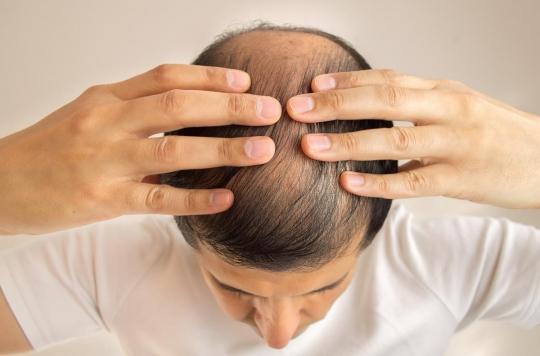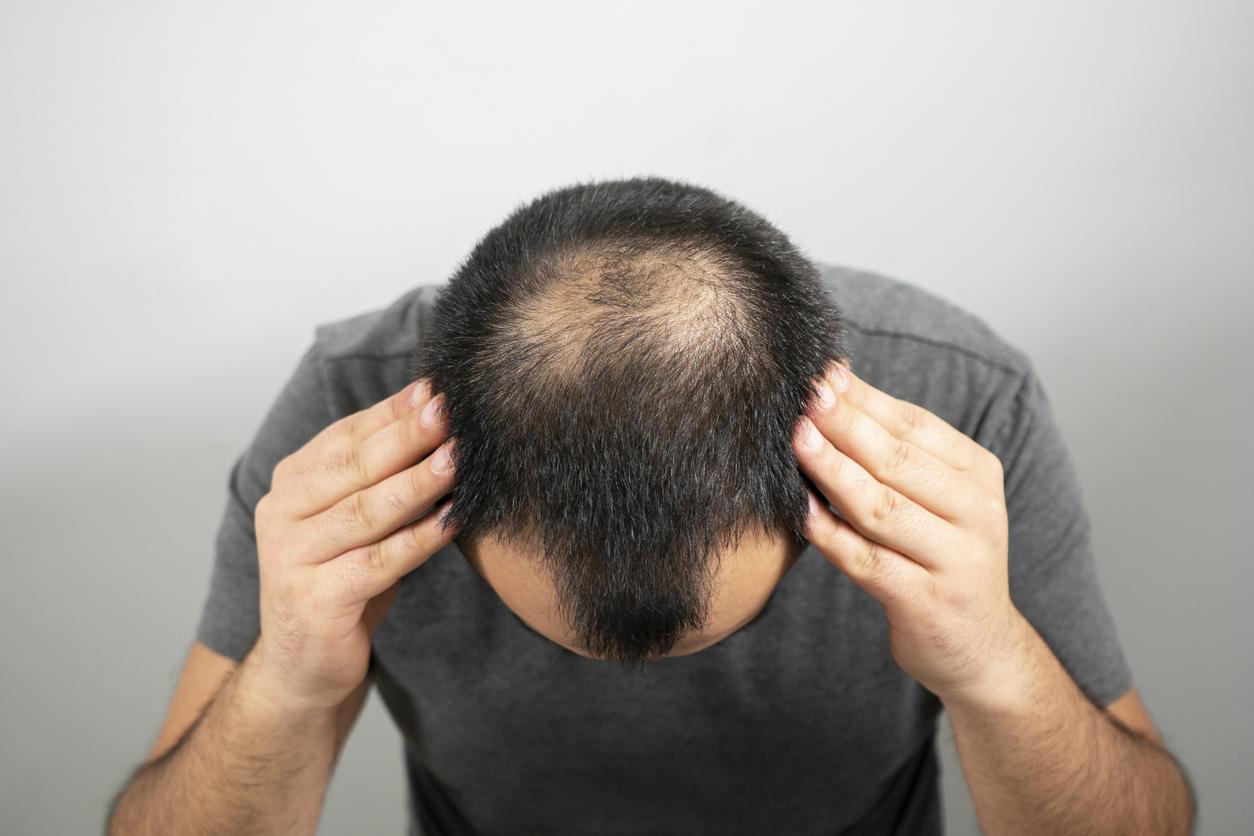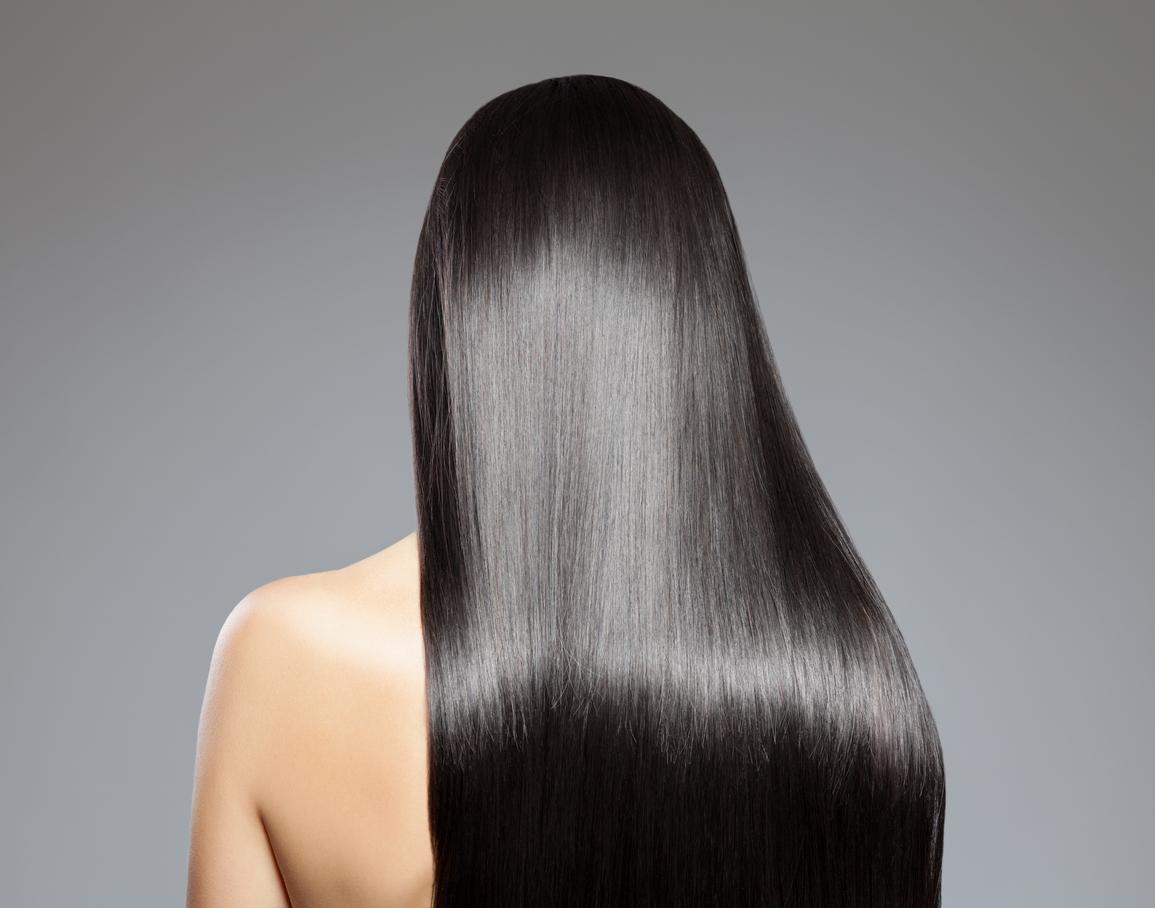Hair loss is linked to oxidative stress and insufficient blood circulation.

- 30% of men aged 30 suffer from baldness in Europe.
- Androgenetic alopecia also affects women: about one in four sixties is affected.
This is the fear of many men when they get older: losing their hair. Linked to genetic and hormonal factors, androgenetic alopecia, also called baldness, can be stopped thanks to different treatments, but their effectiveness is variable. In ACS NanoChinese researchers present an invention that could revolutionize the management of baldness: a patch with micro-needles.
Understanding the causes for better treatment
The researchers’ idea was to find a solution based on the causes of baldness, to act on its consequences, ie hair loss. This is permanent because there are not enough blood vessels surrounding the follicles to supply nutrients, cytokines and other essential molecules. Additionally, a buildup of reactive oxygen molecules in the scalp can trigger the premature death of cells that allow new hair to grow. In previous work, scientists have found that nanoparticles containing the metal cerium are able to mimic enzymes that scavenge these reactive oxygen molecules, thereby reducing oxidative stress.
Faster regrowth
The researchers worked on a way to deliver these nanoparticles, as they cannot pass through the outermost layer of the skin. First, they were wrapped in a biodegradable compound, then they were integrated into the patch with dissolvable micro-needles. To test the effectiveness of the process, the scientists conducted a trial on male mice, whose baldness had been created using a depilatory cream. The microneedle patches and the control patches generated new blood vessels around the hair follicles, but it was those with the microneedles that allowed faster regrowth, with a higher concentration of compounds present only when new hair develops. The research team also found lower oxidative stress in the skin of these mice.
A “promising strategy“
Finally, the patches achieved similar hair density, diameter and concentration to that resulting from a cream-based treatment. On the other hand, they can be applied less frequently, with an equally important efficiency. For researchers, they represent a “strategy promising“to take care of baldness.
.

















